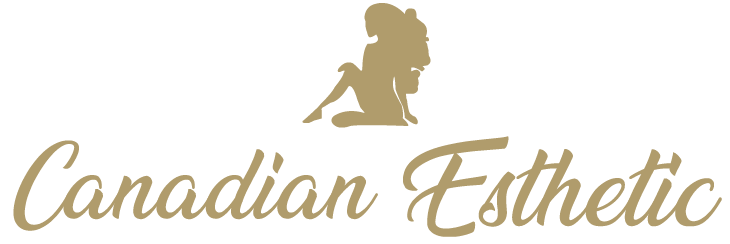Rhinoplasty, commonly known as a nose job, is a surgical procedure that aims to enhance the shape and proportion of the nose, improving facial harmony and overall appearance. Istanbul, with its renowned medical facilities and skilled plastic surgeons, has become a popular destination for individuals seeking rhinoplasty. In this article, we will explore the benefits of rhinoplasty, the procedure itself, considerations for choosing a reputable clinic in Istanbul, and important aspects of the pre-operative and post-operative phases.
Rhinoplasty is a transformative procedure that offers numerous benefits:
- Improved Facial Balance: The nose plays a crucial role in facial aesthetics, and rhinoplasty can address disproportionate features by reshaping the nose to better complement the rest of the face. It can create a more balanced and harmonious facial appearance.
- Enhanced Self-Confidence: Many individuals are self-conscious about the appearance of their nose. Rhinoplasty can boost self-confidence by improving the nose’s shape, size, and overall appearance, leading to a positive impact on self-esteem and body image.
The rhinoplasty procedure typically involves the following steps:
- Consultation: During the initial consultation, you will discuss your goals and expectations with a plastic surgeon. They will evaluate your facial features, assess your nasal structure, and provide recommendations based on your desired outcome.
- Anesthesia: Rhinoplasty can be performed under local anesthesia with sedation or general anesthesia, ensuring your comfort throughout the procedure.
- Incisions: Depending on the desired changes, the surgeon may make incisions inside the nostrils (closed rhinoplasty) or across the base of the nose (open rhinoplasty). These incisions allow access to reshape the underlying bone and cartilage.
- Reshaping the Nose: The surgeon will carefully reshape the nasal bone and cartilage to achieve the desired changes. This may involve removing excess tissue, reducing or augmenting the size of the nasal structures, or addressing asymmetry.
- Closing the Incisions: Once the necessary modifications are made, the incisions are closed with sutures. If external incisions were made, they are discreetly placed to minimize visible scarring.
